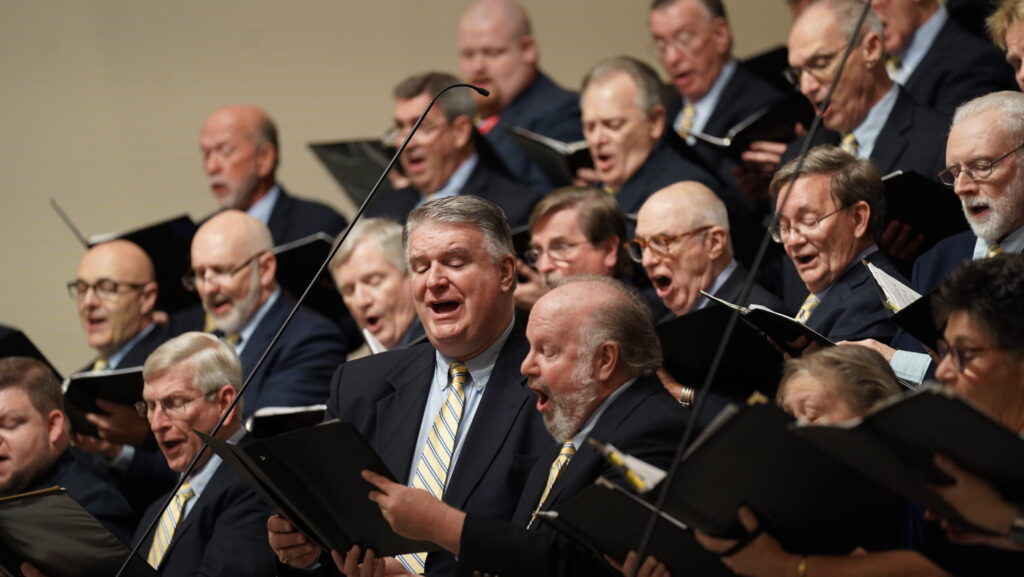By Martha Simmons
Correspondent, The Alabama Baptist
It’s Sunday morning. As you settle into your favorite seat before the service starts, take a look at the people lined up along your pew: One out of every 10 of them is likely to be using illegal drugs … and may very well be suffering from a deadly addiction.
Judge not. It might even be you, especially if you have grown dependent on widely prescribed painkillers.
According to the federal Substance Abuse and Mental Health Services Administration, “In 2014, 27 million people aged 12 or older used an illicit drug in the past 30 days, which corresponds to about 1 in 10 Americans (10.2 percent).”
While illegal marijuana use is still the primary driver of these statistics, a stratospheric rise in opioid abuse and overdose deaths are sounding the alarm bell across the United States. President Donald Trump recently proclaimed opioid abuse a national health emergency.
It’s an especially dire problem in Alabama, the state with the highest rates of opioid prescriptions in the nation. And it’s not just a city problem — doctors in rural counties such as Colbert, Franklin and Walker write opioid prescriptions at rates nearly double that of the rest of Alabama.
Doctor prescriptions
“Our doctors wrote 5.8 million prescriptions for pain pills in 2015, according to the Centers for Disease Control,” wrote Rep. Anthony Daniels, D-Huntsville, minority leader of the Alabama House of Representatives, in a recent op-ed for AL.com. “That amounts to about 1.2 prescriptions per person (compared to the national average of 0.71).”
In 2015 alone drug overdoses accounted for 736 deaths in Alabama. The National Insurance Journal reported 5,128 deaths from overdoses in Alabama from 2006 through 2014, increasing at a startling 82 percent rate during that eight-year period.
“Opioids — prescription and illicit — are the main driver of drug overdose deaths,” the Centers for Disease Control (CDC) reported. The CDC noted that opioids were involved in 33,091 deaths nationwide in 2015, and opioid overdoses have quadrupled since 1999.
Recent high-profile prosecutions of Alabama doctors operating so-called “pill mills” underscore the rising rates of addiction suffered by patients with legitimate pain, as well as how excess medications can become available for illegal purchase on the street. Moreover, there are illegally manufactured synthetic opioids now circulating on the black market, and addicts unable to feed their spiraling habits for prescription drugs often turn to heroin, a particularly lethal form of opioid.
While government and law enforcement agencies search for solutions, the opioid crisis has received little attention from the pulpit but many believe that should change. Opioid abuse is an insidious evil that churches need to start addressing, according to Phillip Bethancourt, executive vice president of the Southern Baptist Convention’s Ethics & Religious Liberty Commission (ERLC).
“The opioid crisis is the pro-life issue evangelicals aren’t talking about,” Bethancourt said, writing for ERLC’s website in August. “The opioid crisis is a silent epidemic in America that demands further engagement by the Church.”
Despite silence on the subject from most churches, the opioid crisis is so pervasive that many members know somebody who abuses or is addicted to opioids, Bethancourt said.
“Almost as many people have opioid prescriptions in America (92 million, or 38 percent of the population) as the number of people subscribed to cable and Netflix combined (99 million). Five percent of Americans admit to misusing prescription opioids they’ve acquired through illicit means. An astounding 1.9 million Americans report having a full-fledged addiction to opioids, an increase of 493 percent since 2010.”
Give it urgency
Overdoses claim the lives of the equivalent of two average-sized church memberships every day, he pointed out. It’s time for churches to bring the issue into the light and give it the urgency it deserves, Bethancourt said.
“Until evangelicals embrace the opioid epidemic as a pivotal aspect of championing a whole-life pro-life social ethic, the church will continue to overlook the crisis all around it. The Bible calls Christians to embrace a holistic view of life that defends the most vulnerable from conception to resurrection,” Bethancourt said.
“Ministering in the midst of the opioid crisis is a key area where churches can protect human dignity by embracing the many ways in which this epidemic is a pro-life issue.”
___________________
What is an opioid?
Here are the basics, according to the CDC:
Prescription opioids
• Can be prescribed by doctors to treat moderate to severe pain.
• Can have serious risks and side effects.
• Common types are oxycodone (OxyContin), hydrocodone (Vicodin), morphine and methadone.
• Often prescribed following surgery or injury, or for health conditions such as cancer.
• In recent years there has been a dramatic increase in the acceptance and use of prescription opioids for the treatment of chronic, noncancer pain, such as back pain or osteoarthritis, despite serious risks and the lack of evidence about their long-term effectiveness.
Fentanyl
• Pharmaceutical fentanyl is a synthetic opioid pain reliever, approved for treating severe pain, typically advanced cancer pain.
• It is 50 to 100 times more potent than morphine, is prescribed in the form of transdermal patches or lozenges and can be diverted for misuse and abuse.
• Illegally made and distributed fentanyl has been on the rise in several states and is linked to most recent cases of fentanyl-related harm, overdose and death in the United States.
• It is sold through illegal drug markets for its heroin-like effect and is often mixed with heroin and/or cocaine as a combination product — with or without the user’s knowledge — to increase its euphoric effects.
Heroin
• An illegal opioid.
• Heroin use has increased sharply across the United States among men and women, most age groups and all income levels.
• Some of the greatest increases occurred in demographic groups with historically low rates of heroin use: women, the privately insured and people with higher incomes.
(Compiled by Martha Simmons)






Share with others: